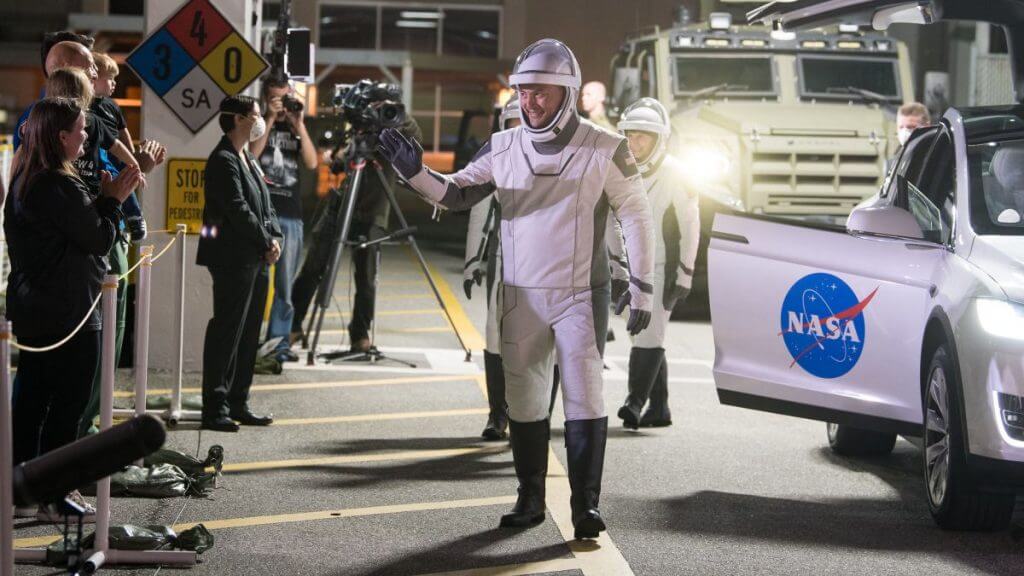SpaceX will be able to outfit five more astronaut crews in its iconic white flight suits.
NASA has just tasked SpaceX with carrying out five additional astronaut missions to the International Space Station (ISS) under a new $1.4 billion deal, which modifies an existing agreement between the two organizations.
The deal, which will employ SpaceX’s Crew Dragon spacecraft and Falcon 9 rockets, “allows NASA to maintain an uninterrupted U.S. capability for human access to the space station until 2030,” NASA officials said in an update today (Aug. 31) (opens in new tab).
The pact will cover missions Crew-10 through Crew-14, representing approximately 20 spacecraft seats overall. (SpaceX’s Crew-5 is expected to launch in early October, and Crew-4 is at the space station right now.)
While NASA is banking on Boeing’s Starliner capsule flying people to space relatively soon, for now SpaceX is the only company certified to fly operational crewed missions for the agency.
In pictures: Amazing launch photos of SpaceX’s Crew-4 mission
SpaceX also received a trio of astronaut flights from NASA in December as part of a sole-source modification to its Commercial Crew Transportation Capabilities (CCtCap) contract, which was first awarded in 2014.
“SpaceX’s crew transportation system is the only one certified to meet NASA’s safety requirements to transport crew to the space station, and to maintain the agency’s obligation to its international partners in the needed timeframe,” agency officials said at the time.
SpaceX’s CCtCap deal is now worth a total of $4.9 billion, NASA officials said in today’s update.
NASA plans on running astronaut missions to the ISS until at least 2030; the agency was just approved by President Joe Biden to extend its participation in the orbiting complex by six more years, past 2024.
Major space station partner Russia, however, intends to withdraw from the ISS after 2024 to build a Russian-operated space station; however, that new station likely won’t be ready until at least 2028, experts say.
There is no word yet on how NASA and any remaining ISS partners would fill in operational gaps left by the Russians, like boosting the space station periodically to keep it at the proper altitude above Earth.
Follow Elizabeth Howell on Twitter @howellspace (opens in new tab). Follow us on Twitter @Spacedotcom (opens in new tab) or on Facebook (opens in new tab).

